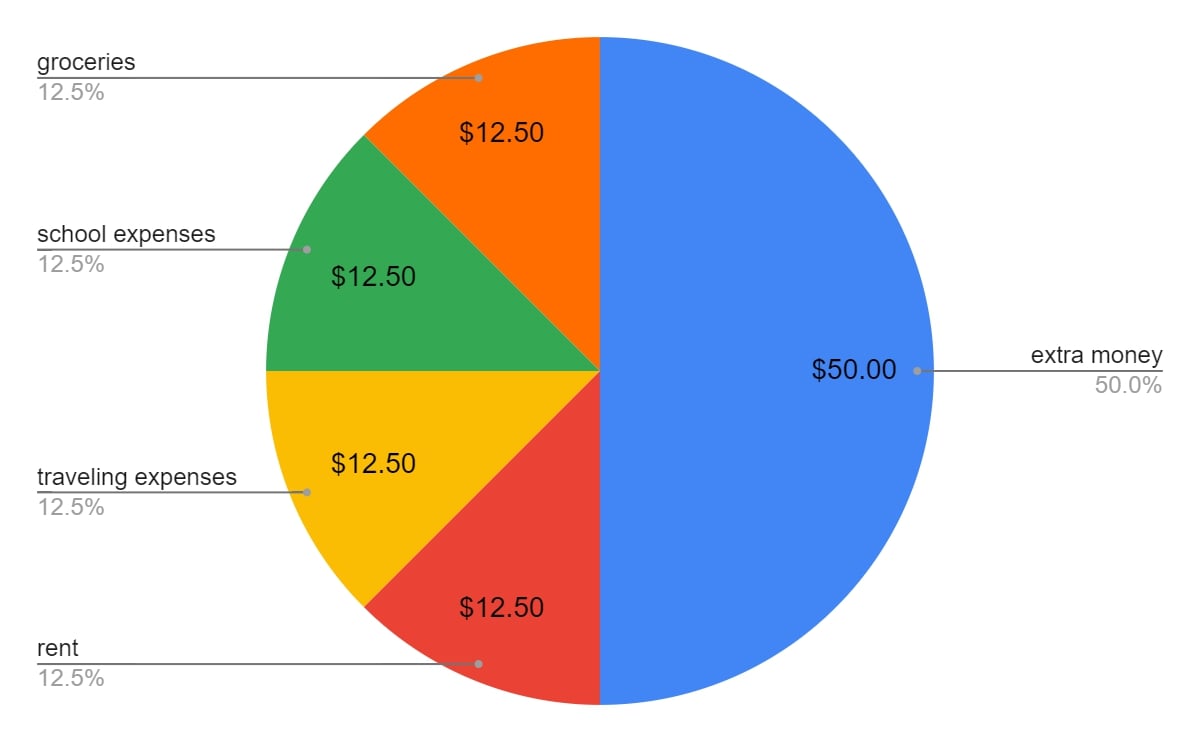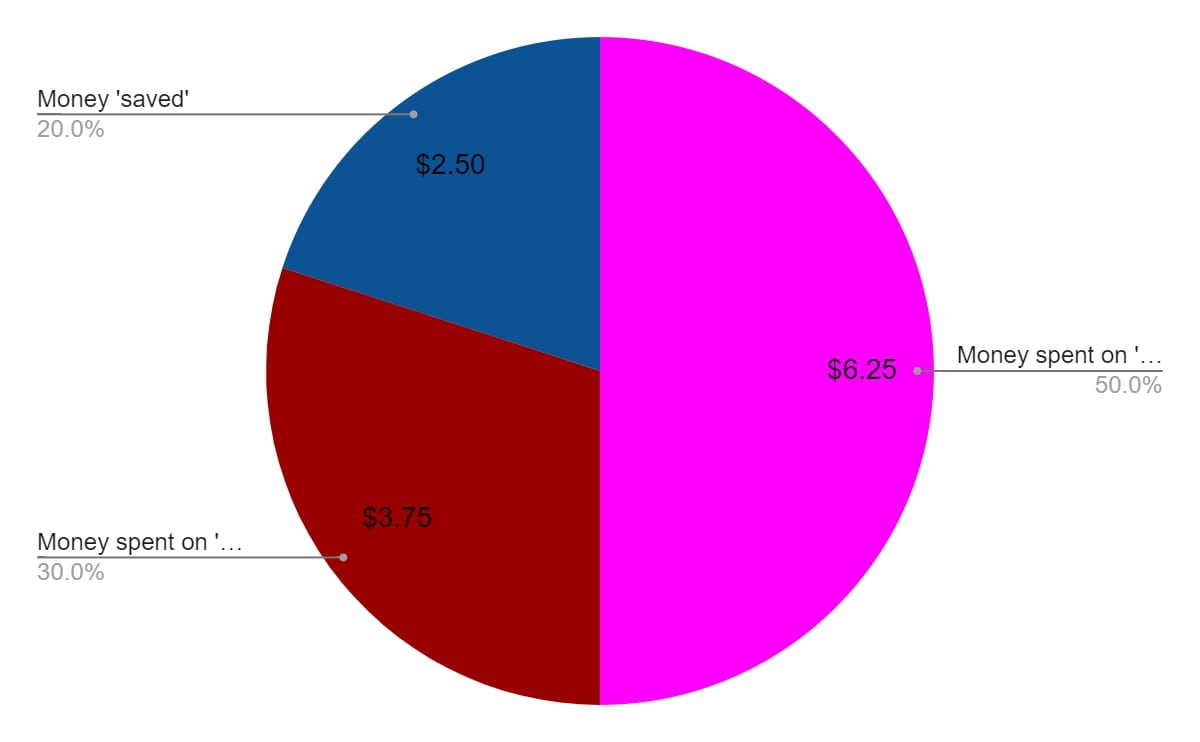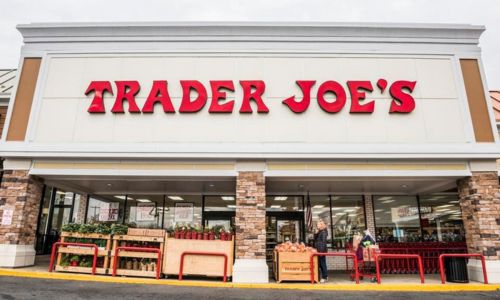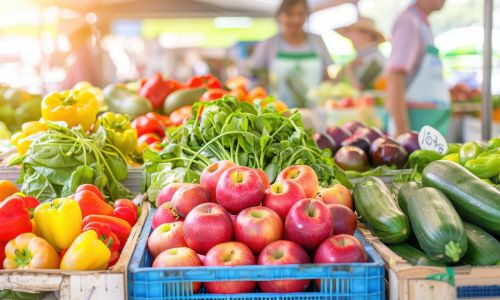We’re sure we all experienced the thrill of steering that shopping cart at D-Mart as kids while we were out shopping with our parents. It was always fun and kind of challenging to be able to steer the cart in the right direction, and yet, somehow, it always ended up going in the wrong direction.
It’s okay to feel nostalgic about those good ol’ days when all you needed to worry about were these small things. You have much bigger things to worry about now that you are on US soil. This list includes getting good grades (if you are in the US for higher education), working well at your job, and taking care of your own home and self.
You have to do everything by yourself because maids are expensive, and you also have a budget to maintain. So we are here to help you with one of those things – grocery shopping (before your imagination runs amuck, let us stop you right there and tell you, ‘No, we won’t be doing grocery shopping for you.’). We have some tips and tricks for grocery shopping on a budget, which will help you buy the best things at prices that won’t make a dent in your pocket.
Can You Shop For Groceries On A Budget?
If you have been following us for some time now, you know that life in the US can get expensive if you don’t know how and where to get good quality products at very affordable prices. But when it comes to groceries, this is one thing you don’t have to worry about.
In the US, you have ample options for everything. The same goes for groceries. You have so many choices of where to buy and what to buy. However, you must be smart to save money and get the best deal. This is where we answer your question about ‘how to save money on groceries’ while you are alone with no one to stop you from spending.
Since your mom can’t be there to take you shopping, we are here to help. Yes, you can do grocery shopping on a budget. Here’s how.
1. Deciding the amount of money to spend on Groceries
Groceries are something that you will always need. When we say groceries, we don’t just mean the ‘eatable’ items. It includes everything from what to eat, in what you eat, and how you make what you eat. Simply put, grocery means food items, kitchen supplies, many non-food items, as well as drinks.
So your groceries would include aata (wheat flour), daal, rice, and even veggies and fruits (health is wealth, so you better eat those!), the things you snack on as well as your favorite cold drinks (be it alcoholic or otherwise), your kitchen supplies (like the herbs and spice, i.e., kali mirch, dalchini, salt, sugar, cooking oil, etc.), and cleaning supplies (laundry detergent, fabric softener, toilet cleaner, dish soap, bathing soap, shampoo, floor cleaning solutions, etc.).
Now that we have that out of the way, you need to decide how much you want to spend on your groceries. Let’s take a small example to help you understand.
Assume you have $100 for your overall expenditure. We know you have other expenditures as well, including rent, traveling expenses, school expenses (if you are a student), and, of course, groceries.
Now, financial experts advise you to spend 50% of your income on your needs and keep the rest aside. According to this advice, you can spend $50 on your needs, and all the above expenses are your ‘needs’ (remember roti kapda aur makaan?). So, dividing this $50 into 4 parts, we have $12.5 for each expense. Below is a pie chart showing what your expenditure would look like.

As you can see, you now have $12.50 left that you should ideally spend on groceries. This is your ‘grocery budget. Now, your next task is to divide this $12.50 further so that you can buy all that you ‘want’ and ‘need.’
So, the next step would be to divide this amount ($12.50) into ‘how much to spend’ and ‘on what.’
2. The ubiquitous 50-30-20 formula
A very basic lesson in money management is the ‘50-30-20’ formula. This is basically the formula for the percentage distribution of the amount of money that you can spend on anything.
The ‘50’ in the formula means ‘50% of your money goes towards necessities.’ These include things that are absolutely necessary for your survival. The ‘30’ is for ‘30% of your money that goes into buying your wants i.e. things that you can live without, but still feel like splurging on.’ And the ‘20’ is for ‘20% of your money going towards savings.’ So yes, you can save money from the amount you have ‘set’ aside for groceries.
Let’s see how this will work –
Returning to our $12.50 example, we have to divide this amount into 3 parts for our ‘wants,’ ‘needs’ and ‘savings.’ We need to divide the $12.50 into three parts of 50%, 30% and 20% each.

As you can see, 50% of $12.50 is $6.25, which you can spend on absolutely necessary things (your favourite flavour of maggies does not count!). 30% of $12.50, i.e., $3.75, can be spent on the aforementioned maggie and other things like chocolates, a few dollar-store makeup products, etc. And the $2.50 makes up 20% of $12.50 and this is your savings.
So now that you have an idea about ‘how much money you can spend ($6.25)’ and ‘on what,’ you can now move to the next essential step of grocery shopping on a budget: ‘making a grocery list.’
Note – The first two steps were more of an answer to ‘how to budget groceries.’
3. Making a Grocery list
It’s time to put your ‘listing skills’ to good use and make a grocery list for your trip to the super-market. You will now be making a list for ‘kirana.’ But in this case, you will go to either a super-market or your nearest grocery store.
So here’s how to make one –
(1) Take stock of what supplies are remaining and what you need to buy. Note down the ones that you need to buy, along with how much of it you need.
(2) While noting down the quantity of what you need to buy, be very careful. What you really need to consider here is that while some items have expiry dates, some don’t. So you need to buy smaller quantities of things with an expiry so you are able to finish those while they are still fresh. For the other items, you can always buy things in bulk to save money.
(3) Another thing to remember here is that you should decide the quantity you want to purchase on the basis of the money available. So, if we take the example of $12.50, you have a total of only $10 that you can spend. From this $6.25 is to be spent on ‘needs’ and $3.75 on ‘wants.’ You can always adjust these two amounts ($6.25 and $3.75) to spend more on ‘need’ and less on ‘wants’ but not the other way round.
Pro Tip – Bulk buying saves money as things are always ‘cheaper by the dozen.’ However, don’t do this with edibles, even if they are packaged.
If you buy food in 100s or thousands (an exaggeration, we know) and you can’t finish it (the chances of this happening is high), then it will be a waste of money. This is because food, whether packaged or otherwise, can always go stale, which means you can’t eat it. So throwing away the food is your only option, which means you are wasting vast quantities of food, which means it would also be a waste of money.
(4) Add your ‘necessities’ to the top of the list. The necessities are things that are absolutely important to run yourself and your household. This means food, drinks, cleaning supplies, and other household items.
So, foods like rice, wheat flour, bread, cornflakes, fruits, and vegetables can be added to the list. Even various oils like olive oil, sunflower oil, and milk and milk products like butter can also be included. Drinks like tea, juices, etc. are also a part of the grocery list.
Cleaning supplies would mean laundry detergent, wet wipes, fabric softeners, etc. Household items can include shampoos, conditioners, bath items, counter wipes, and paper towels. Since you need these for the basic upkeep of your house, even these count as necessities.
(5) A big tip for saving money, specifically on the necessary food items, is to buy seasonal fruits and vegetables. This is because something that is not ‘in-season’ generally becomes a scarcity, and is then priced at a higher rate. So seasonal fruits and vegetables are cheaper.
(6) Store brand products are cheaper than the bigger branded ones. A store-brand ice-cream will always be cheaper than a Ben and Jerry’s. So in case you want to save more, opt for products of the ‘store-brand variety.’
(7) We are sorry to inform all the non-vegetarians out there that meats and non-vegetarian items are generally costlier than the regular food items. So in order to save money, you might want to cut-down a little on those. (We aren’t telling you to completely lay-off that leg piece. We just mean that you could always skip it once or twice in your list.)
(8) Add all your ‘wants’ after you are done with the ‘necessities’. This will help you spend less on things that aren’t absolutely important. ‘Wants’ are things that you can skip out on and always come back for later. These aren’t things that will hamper your productivity in life. So adding the ‘wants’ items later in the list will prevent you from spending money on unnecessary things.
An example of a grocery list with the $10 that we have for our ‘needs’ and ‘wants’ can be –
Needs:
- Rice (1 lb) – $1.50
- Canned Beans (1 can) – $1.00
- Eggs (half dozen) – $1.00
- Frozen Vegetables (16 oz) – $2.75
Total for Needs: $6.25
Wants:
- Snack Chips – $2.00
- Chocolate Bar – $1.75
Total for Wants: $3.75
4. Stick to Buying Only The Items Mentioned in the List
Here is where your self-control will play a major role. When your goal is ‘grocery shopping on a budget,’ you can’t afford to be a spendthrift (pun, unintended). You need to make every penny count, which means you need to make a conscious effort not to stray from your list.
When grocery shopping, if you want to save money, you need to stick to the items on your list!! This means that even if you can feel that bar of Toblerone glaring holes into your back, don’t you dare turn around and buy it if it’s not on your list!!
These are all the tips we have for the ‘how tos’ of saving money on your groceries. Now let’s talk about where you can buy groceries on a budget.
Where To Buy Cheap Groceries In The US?
You can always choose where to buy your groceries. However, we have a list of places where you can get the cheapest groceries without compromising on quality.
1. Aldi

Aldi is first on the list, and with good reason. Aldi offers various grocery items at prices ranging from $0.50 to $6. Compared to other traditional supermarkets, Aldi’s prices are lower by 20% to 50%, which is a big margin!
Aldi offers everything from fresh and canned food items to household essentials, seasonal produce, and more. The best part, however, is that Aldi has the freshest and the best quality produce even at such low prices. So make sure to check out an Aldi near you for grocery shopping!
2. Food 4 Less

Food 4 Less is not a single store but a group of grocery store chains. A fun fact about this chain is that Kroger owns the biggest one! Food 4 Less has a pretty affordable food range with prices varying between $0.50 to $7.
Another distinctive feature of Food 4 Less is that its customers need to bag their own groceries here. It is also a no-frills store, which explains its low prices. This is also one of the reasons why you need to check out the Food 4 Less store near you!
3. Trader Joe’s

Trader Joe’s is one of the most common grocery stores in the US. It is also a store that provides affordable groceries with the prices varying between $1 to $6. It also sells alcoholic drinks at the minimum price of $10.
This grocery store also sells many products under its own label. So you can buy those as well, at affordable prices. It is also why they have such low prices. Make sure you check out the Trader Joe’s near you.
4. Lidl

Lidl is a German retail chain. It is an international discount retail chain with its store in the US as well. It sells fresh and high value products at an affordable price range between $0.50 to $5!
Lidl also focuses on the quality of products, making it one of the best affordable grocery stores. The best part of Lidl is its fresh produce and baked goods. If you have a Lidl store near you, it is a must-visit!
5. Walmart

Like everything else, this list will include Walmart. Yes, Walmart sells groceries and does so at an affordable price range of $0.50 to $10! You can buy their products at the Walmart near you.
While we might not need to mention this, we still will – Walmart has everything from groceries, to home essentials, makeup products and more. So you can actually buy everything here!!
6. WinCo Foods

This one is a regional chain, and an employee-owned one at that. So, there is a chance that you might not find a WinCo Foods store near you. But if you do, be sure to check their products out.
WinCo Foods price range is between $0.50 and $8. The fact that it is employee-owned makes it an affordable store to buy groceries from.
7. Costco

How can we forget Costco when it comes to grocery shopping? It sells everything from groceries to electronics, household items and more. So this is essentially an all-in-one-place store.
However, Costco’s prices are a little higher than the ones mentioned on the list. The prices start at $3 and go uptil $30 for the groceries. So it is a bit expensive. But you can still visit a Costco near you to get a feel of the store!
8. Local Farmers Markets

A good way to save money on your groceries is to buy them at your local farmers markets. This gives you the option of ‘farm-to-table’ produce as well as affordable prices of these products. Farmers Markets also have canned goods and food items, so you can find almost everything here!
Conclusion – It’s Easy To Budget Groceries & Spend Carefully On Them!
As you might have understood from our blog, it is easy to save on groceries. We told you how to make a budget for them and where to buy groceries on a budget from. All you now need is a diligent practice of the steps we mentioned. Once you get a hand on them, you’ll be golden!
However, we should remind you that it is okay to splurge sometimes. But only SOMETIMES. So, if you buy those $15 chocolates, that is still okay as long as you don’t make a habit of this. That’s all for now. We’ll see you in the next blog. Till then, you should practice the ‘50-30-20’ rule that we mentioned!






